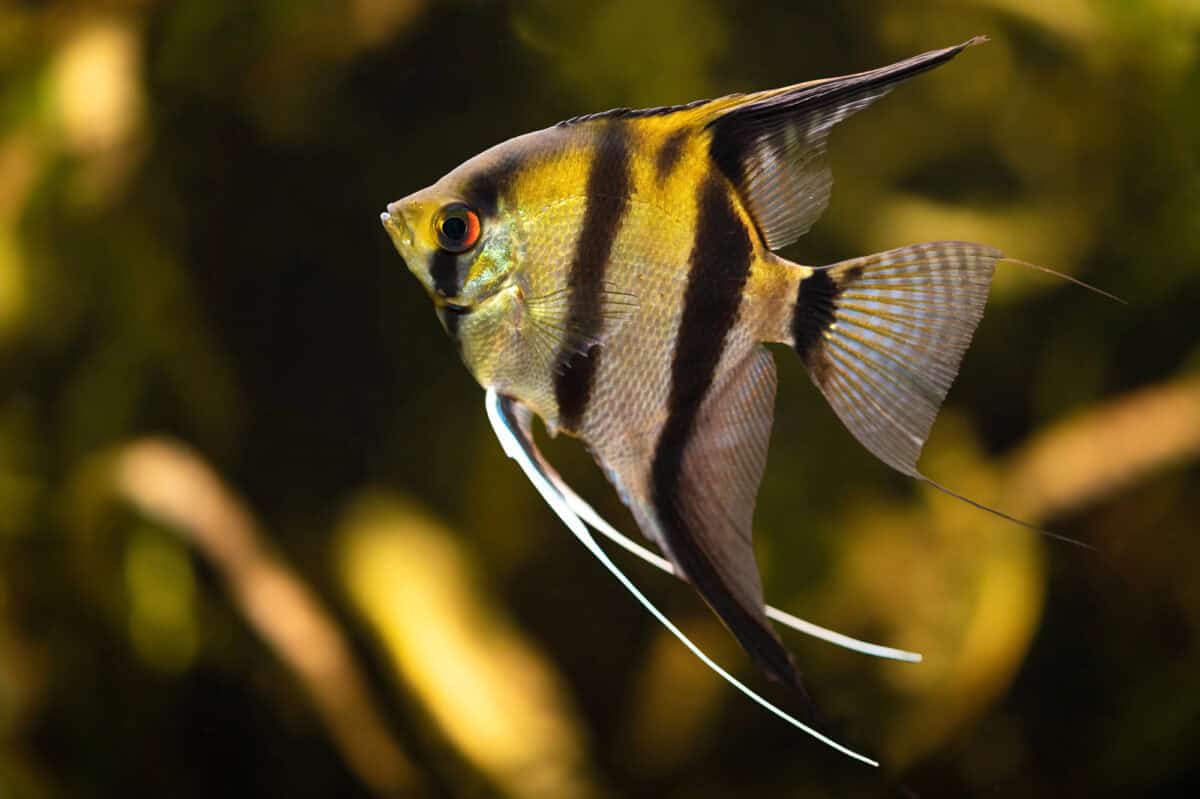In a world where relationships often seem fleeting, some wildlife species demonstrate remarkable commitment to their partners. These animals form lifelong bonds that help them navigate the challenges of survival, reproduction, and raising offspring in the wild. Monogamy in the animal kingdom is relatively rare, making these loyal creatures all the more fascinating. From the depths of the ocean to the heights of the sky, these 12 wild animals have evolved to mate for life, developing complex social structures and behavioral adaptations that strengthen their bonds. Their stories of loyalty offer a glimpse into the diverse ways that lifelong partnerships can be beneficial in nature.
12. Gray Wolves

Gray wolves (Canis lupus) are among the most well-known monogamous species in the animal kingdom. These apex predators typically form strong pair bonds that can last a lifetime. The alpha male and female of a pack are usually a mated pair that leads their extended family unit, which often includes their offspring from multiple years. Their monogamous relationship serves several evolutionary purposes, including more effective territory defense, improved hunting success, and better survival rates for their pups. Wolf pairs engage in elaborate courtship rituals that strengthen their bond, including playful interactions, scent marking together, and coordinated howling. While occasional “divorces” or replacements do occur if one mate dies, gray wolves generally remain faithful to their chosen partners throughout their 6-8 year average lifespan in the wild.
11. Bald Eagles
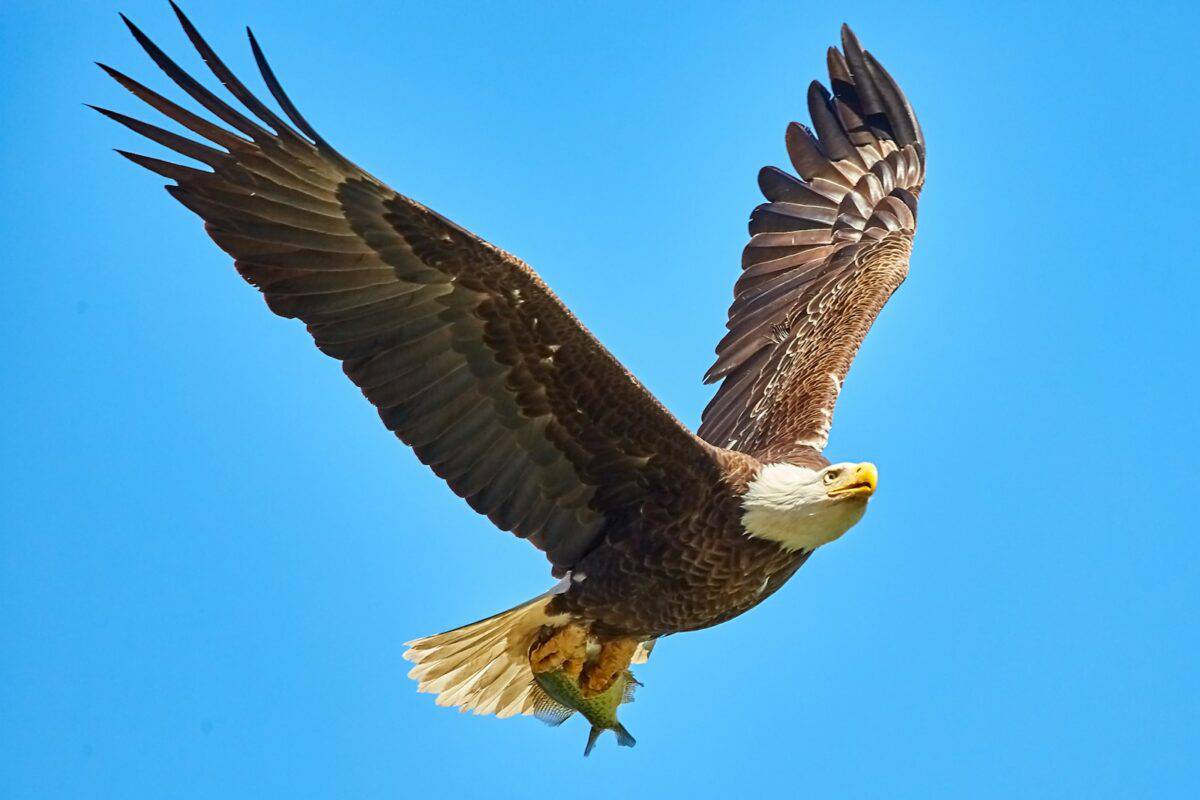
America’s national bird, the bald eagle (Haliaeetus leucocephalus), is not only a symbol of freedom but also of fidelity. These majestic raptors typically mate for life, with partnerships that can span over 20 years in the wild. Bald eagle pairs work together to build massive nests, often returning to the same nest year after year, adding new materials each breeding season until some nests weigh up to a ton. Their courtship involves spectacular aerial displays, including the famous “cartwheel display” where the birds lock talons, spin while falling, and separate just before hitting the ground. Both parents share incubation duties for their eggs and collaborate in feeding and protecting their young. Their loyal partnerships help them successfully raise eaglets, which require significant parental investment. If one mate dies, the surviving eagle will typically find a new partner, but their preference for long-term bonding helps maintain stable territories and reproductive success.
10. Black Vultures

Perhaps surprising to many, black vultures (Coragyps atratus) are among the most faithfully monogamous birds in nature. These scavengers form pair bonds that often last their entire lives, which can be up to 25 years in the wild. Unlike many birds that only come together during breeding season, black vulture pairs stay together year-round, roosting together at night and foraging as a team during the day. They exhibit remarkable social behaviors, including defending their mate against potential interlopers—studies have documented black vultures attacking and punishing individuals that attempt to mate with already-paired birds. This social enforcement of monogamy is unusual in the animal world. The vulture pairs share parental duties equally, with both parents incubating their eggs and regurgitating food for their young. Their enduring partnerships demonstrate that even species with less-than-glamorous reputations can maintain sophisticated social bonds.
9. Prairie Voles

Prairie voles (Microtus ochrogaster) are small rodents that have become famous in scientific circles for their strong monogamous bonds. These unassuming creatures form lifelong partnerships after mating, staying together until one partner dies. What makes prairie voles particularly fascinating to researchers is the neurochemical basis of their monogamy. Scientists have discovered that prairie voles release oxytocin and vasopressin during mating, hormones that create strong neural pathways associated with pair bonding. This has made them important model organisms for understanding the biology of attachment and monogamy. Prairie vole pairs share nesting and pup-rearing responsibilities, with males being unusually involved fathers for rodent species. They even show signs of grieving when their partner dies, with documented changes in behavior and stress hormone levels. Their monogamous nature stands in stark contrast to their close relatives, meadow voles, which do not form pair bonds, highlighting how even closely related species can develop very different mating strategies.
8. Gibbons

Gibbons, small apes native to the tropical and subtropical rainforests of Southeast Asia, are renowned for their monogamous relationships. These tree-dwelling primates typically form pair bonds that can last 40 years or more in the wild. Gibbon pairs mark and defend their territory together, performing spectacular coordinated duets that strengthen their bond while warning other gibbons to stay away. These musical displays are among the most complex vocalizations in the animal kingdom, with each species having distinctive songs. The male and female in a mated pair often develop complementary roles, with females typically leading group travel and males taking the lead in territorial defense. While recent research has revealed that “divorces” and extra-pair matings occasionally occur in wild gibbon populations, they remain among the most reliably monogamous of all primates. Their social structure, centered around the bonded pair and their offspring, has proven successful for these endangered apes, allowing for efficient resource use in their forest habitats.
7. Albatrosses

With their enormous wingspans and remarkable ability to soar above the open ocean for years without touching land, albatrosses are impressive enough. But their commitment to their mates makes them even more extraordinary. Many albatross species, particularly the Laysan albatross (Phoebastria immutabilis), mate for life, with partnerships that can last over 60 years. These seabirds spend most of the year apart, flying solo across thousands of miles of open ocean, yet return to the same nesting site and the same partner year after year. Their reunion rituals are elaborate and touching, featuring synchronized dances with precise movements that include bill clacking, head bobbing, and sky pointing. These dances help reinforce their bond after months of separation. Albatross pairs produce just one egg every one or two years and share incubation and chick-rearing duties equally. Their commitment to each other represents an evolutionary adaptation to their challenging lifestyle, as raising an albatross chick requires months of coordinated effort from both parents.
6. Sandhill Cranes

Sandhill cranes (Antigone canadensis) exemplify avian fidelity with partnerships that can span over two decades in the wild. These elegant gray birds, known for their distinctive red crown and impressive height, form bonds through elaborate courtship dances involving leaping, bowing, and wing flapping. Once paired, sandhill cranes remain together year-round, migrating and foraging as a unit. Their synchronized movements extend beyond courtship, as pairs often perform “maintenance dancing” throughout their relationship, reinforcing their bond. Both parents share incubation duties for their eggs and collaborate in teaching their colts (young cranes) essential survival skills like foraging techniques and migration routes. These strong family units stay together for 9-10 months, until the young become independent. The crane’s dedication to monogamy provides advantages in their challenging wetland habitats, allowing for consistent territory defense and improved reproductive success through the years as the partners learn to work together more effectively.
5. Beavers

As nature’s engineers, beavers (Castor canadensis) are known for their impressive dams and lodges, but these industrious rodents are also devoted partners. Beaver pairs typically mate for life, forming bonds that can last up to 20 years in the wild. Their partnerships are built around their shared construction projects and territory maintenance, with both male and female contributing to building and maintaining their elaborate homes. Beaver pairs produce one litter of kits annually, and their family structure is among the most cohesive of any mammal species. The parents, along with yearlings from previous litters, all work together to care for the new kits and maintain their wetland territory. This cooperation extends to food gathering, with family members sharing the bark and aquatic plants they collect. Their monogamous lifestyle contributes to their success as ecosystem engineers, allowing them to create and maintain complex wetland environments that benefit countless other species. Only the death of a partner typically ends a beaver’s monogamous relationship.
4. French Angelfish
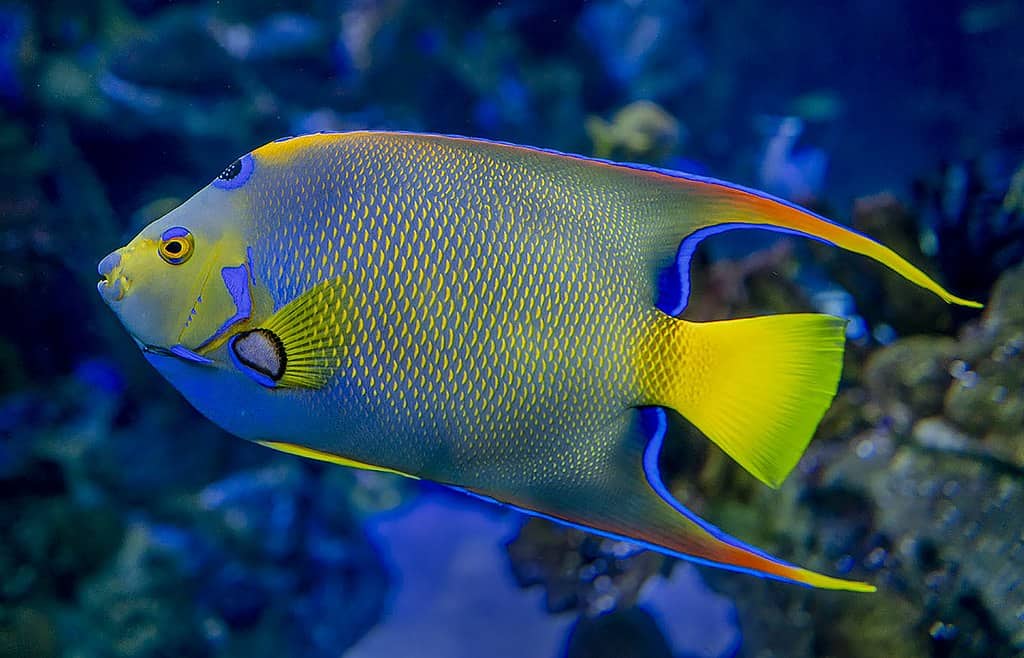
Beneath the waves, the striking black and yellow French angelfish (Pomacanthus paru) demonstrates that monogamy exists even in coral reef ecosystems where promiscuity is common. These beautiful fish form pairs as juveniles and remain together for their entire lives, which can span over 15 years. Unlike many fish species where males and females look different, French angelfish are monomorphic, with both sexes displaying the same dramatic coloration. Partners swim side by side throughout their territory, rarely separating by more than a few meters. They hunt together, defend their territory as a team, and even appear to coordinate their movements in a synchronized swimming pattern. If one fish is caught by a predator or fisherman, the remaining partner often displays signs of distress and may remain solitary rather than repairing. Research suggests their monogamy evolved as an efficient strategy for defending high-quality reef territories, as two fish can protect resources better than one, while their coordinated hunting improves their ability to find and capture food in the complex reef environment.
3. California Condors

As one of the world’s largest flying birds and one of the most endangered, California condors (Gymnogyps californianus) face numerous survival challenges, but they face them with devoted partners. These massive vultures, with wingspans reaching 9.5 feet, typically form long-term monogamous bonds. Condor pairs engage in complex courtship displays involving synchronized soaring and coordinated body movements. Their reproductive rate is extremely slow, producing only one egg every two years, which makes their dedicated partnerships crucial for species survival. Both parents share incubation duties for their single egg and cooperate in feeding their chick, which requires parental care for over a year—one of the longest dependency periods of any bird species. The long-term bonds between condor pairs help maintain stable territories and improve their reproductive success in an increasingly challenging environment. Conservation efforts for this critically endangered species have included careful attention to preserving established pairs when reintroducing captive-bred birds to the wild, recognizing the importance of these bonds to their recovery.
2. Shingleback Skinks

Among reptiles, monogamy is extremely rare, making the shingleback skink (Tiliqua rugosa) a remarkable exception. These distinctive Australian lizards, also known as sleepy lizards or bobtails, form pair bonds that can last over 20 years in the wild. For most of the year, they live solitary lives, but each spring they reunite with the same partner, recognizing them through chemical cues and distinctive behaviors. Research has shown that male shinglebacks follow the scent trails of their partners with remarkable accuracy, passing by other females to find their specific mate. During their breeding season, pairs remain together for 6-8 weeks, traveling, feeding, and basking together before parting ways again until the next year. This cyclical monogamy is unlike most other reptiles, which typically have brief, promiscuous mating systems. Their unusual social system may have evolved as a response to their slow movement and vulnerability to predators, as familiar pairs can navigate their territory more efficiently during the dangerous mating season.
1. Macaroni Penguins
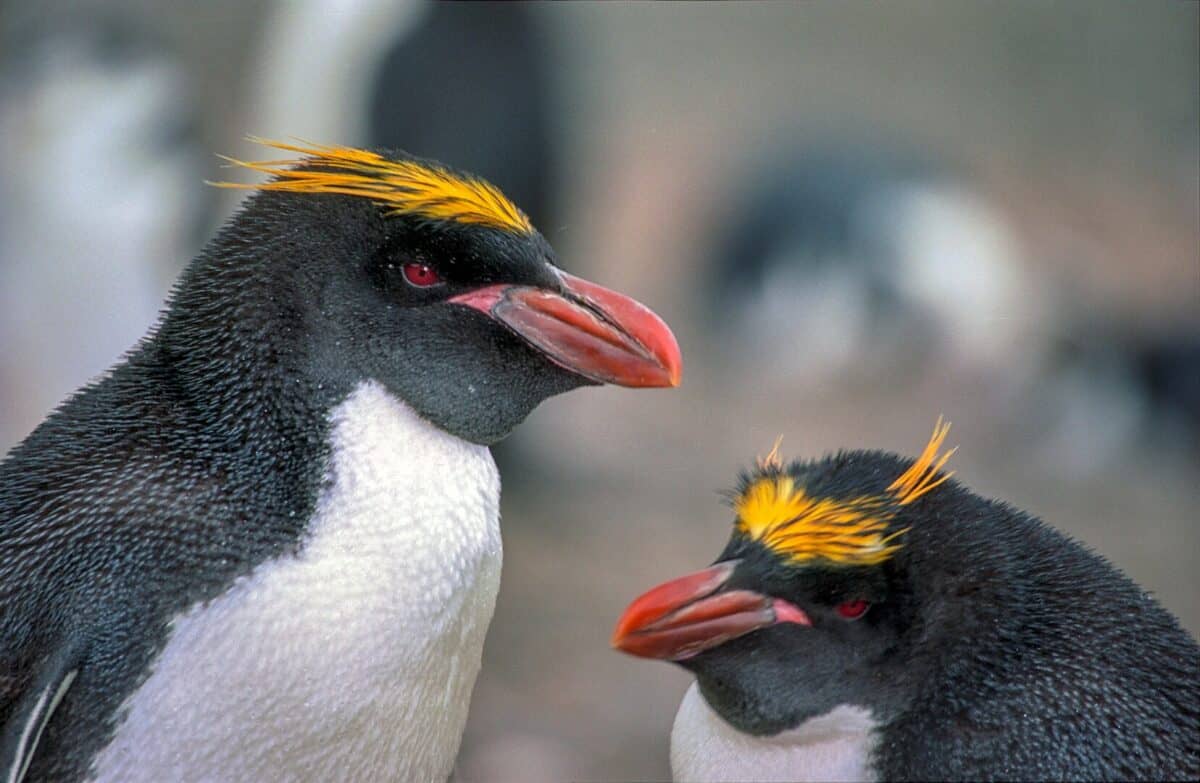
Macaroni penguins (Eudyptes chrysolophus), known for their distinctive yellow crest feathers, demonstrate remarkable fidelity in the harsh Antarctic environment. These medium-sized penguins return to the exact same nesting site year after year, where they reunite with their same partner. Studies have shown that approximately 85% of macaroni penguins remain faithful to their partners across breeding seasons. Their reunions involve elaborate vocalizations and displays as they recognize each other among thousands of similar-looking birds in densely packed colonies. Penguin partners share equally in incubation duties and chick rearing, taking turns guarding their nest while the other makes dangerous journeys to the ocean to collect food. This cooperative parenting is essential for survival in their challenging habitat, where predators and harsh weather conditions threaten their offspring. Though their partnerships aren’t always perfect—researchers have documented occasional “divorces” when breeding attempts fail—their tendency toward long-term bonding shows how monogamy can be advantageous even in one of Earth’s most extreme environments.
Conclusion: The Evolutionary Advantages of Lifelong Bonds
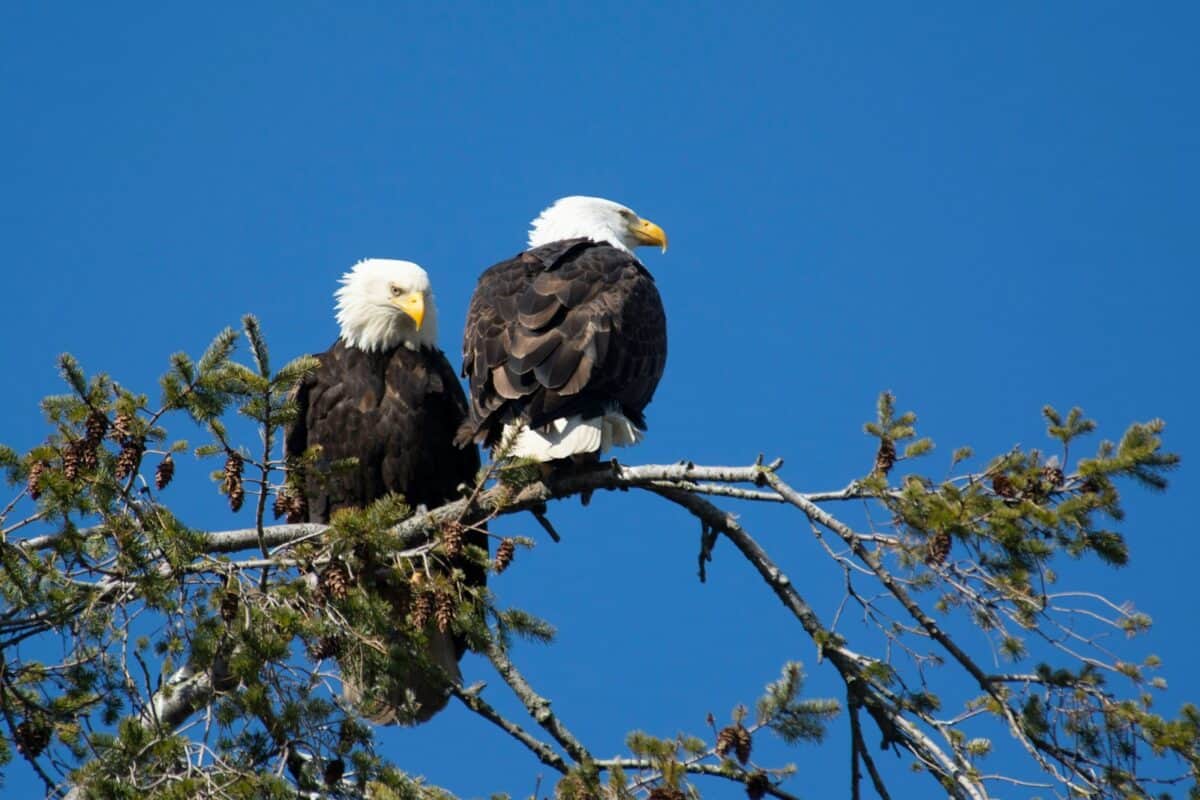
The diverse array of species that mate for life demonstrates that monogamy has evolved independently multiple times across the animal kingdom, suggesting it offers significant advantages in certain ecological contexts. For species with complex territories or those requiring extensive biparental care, lifelong partnerships provide stability and efficiency that improve reproductive success over time. These faithful relationships often involve sophisticated communication systems and mutual learning that strengthen with each passing year. For some species, like albatrosses and wolves, these bonds represent not just reproductive partnerships but complex social connections that enhance survival through cooperation. While true lifelong monogamy remains relatively uncommon in nature, these twelve species show us the remarkable diversity of ways that animal partnerships can flourish. Their stories remind us that loyalty and cooperation are not uniquely human traits but strategies that have proven successful across numerous species throughout evolutionary history.
- 12 Wild Animals That Mate for Life - August 12, 2025
- What Actually Happens When You Get Too Close to a Yellowstone Bison - August 12, 2025
- 12 Cold Blooded Creatures That Rule Their Ecosystems - August 12, 2025

